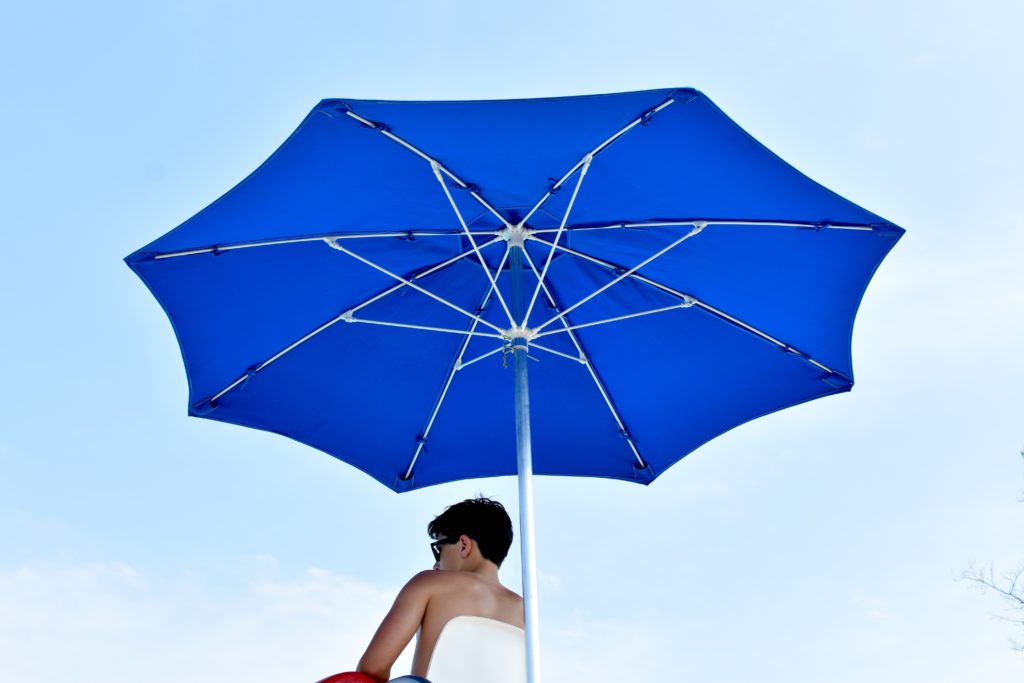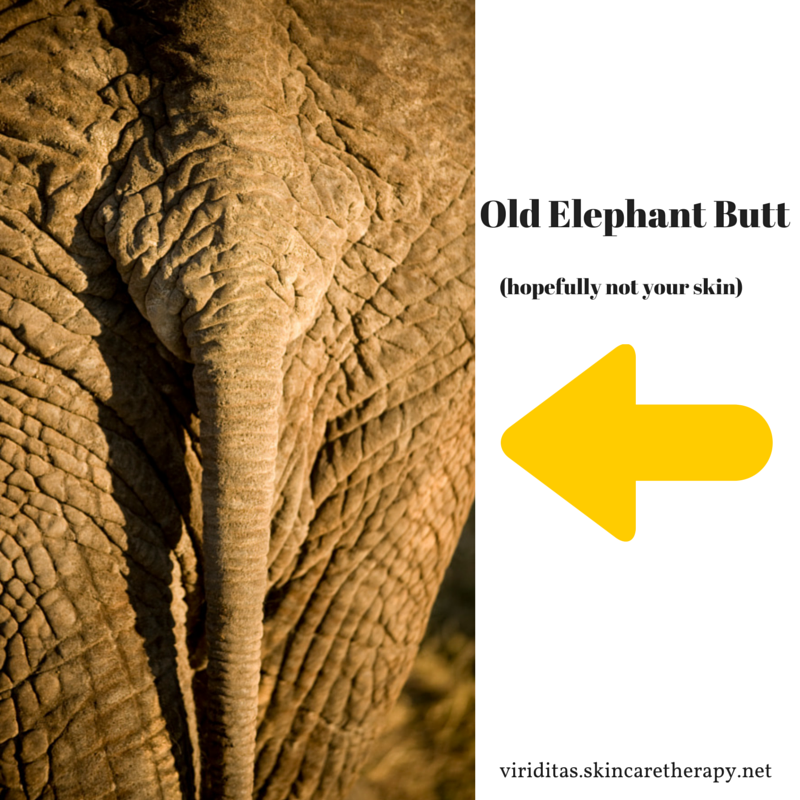Dark Skin Spots: Understanding Freckles with Mr Fitz and the Umbrella Factories
Skin spots or dark spots aka hyperpigmentation are one of the most common concerns clients have.
We aren’t talking about those cute little spots on puppies, kittens and baby deer.

Nope, this is about those spots otherwise known as liver spots, age spots, old lady dots, leopard spots or just plain old freckles.
In order to manage these discolorations, its helpful to understand how and why they appear.
Those dark spots are made in your skin from a pigment called melanin.
Melanin is a protective compound in the skin. We can refer to it as an “umbrella.” It covers the sensitive skin cells underneath, and protects them from too much sun, just like an umbrella.

Melanin is made in specialized skin cells called melanocytes, or “umbrella factories.”
Everyone’s skin has these little umbrella factories in their skin, but some of them are way more efficient than others. This is how we get skin tan, and how we get dark spots.
To identify different skin “efficiencies” we use the Fitzpatrick Scale.
In 1976, a Harvard dermatologist named Thomas B Fitzpatrick developed a scale to identify skin color, now know as the Fitzpatrick Scale.
To find your “Fitz type”, check this out.
- Type I (scores 0–6) Pale white; blond or red hair; blue eyes; freckles — Always burns, never tans
- Type II (scores 7–13) White; fair; blond or red hair; blue, green or hazel eyes — Usually burns, tans minimally
- Type III (scores 14–20) Cream white; fair with any hair or eye color; quite common — Sometimes mild burn, tans uniformly
- Type IV (scores 21–27) Moderate brown; typical Mediterranean skin tone — Rarely burns, always tans well
- Type V (scores 28–34) Dark brown; Middle Eastern skin types — Very rarely burns, tans very easily
- Type VI (scores 35+) Deeply pigmented dark brown to black — Never burns, tans very easily
Unfortunately, if you happen to be albino, this scale won’t apply to you, and you should probably invest in some serious SPF…
If you are blessed with skin type Fitz 1 or 2, you can pretty much kiss any dreams of a Coppertone tan right out the window.
No matter how much you try to bake your skin to a deep golden hue, you will only get dark spots like freckles. Lots and lots of freckles. Maybe from a distance it looks like a tan, but you are flirting with skin cancer my friend.
You are way better off going the spray tan route.
Fitz 3 and 4 skin type are currently the fashion industry faves, they can tan evenly and are generally resilient to sun.
Unless they overdo it, and then they look old elephant butt.
No offense to elephants…
Skin types Fitz 5 and 6 are the bronze Gods and Goddesses of skin tone, their tone even and deep, resistant to wrinkles and solar radiation damage.
However…
Let’s go back to those factories. Everyone has the same number of factories (melanocytes) in their skin. It just a matter of whose factories are most efficient and long lasting.
The lighter the skin type, the less those melanocytes work to make your skin tan.
- Fitz 1 and 2 could use better general managers working for them. Umbrella or melanin production can be slow to start, and uneven, resulting in burns and freckling.
- Because they tan so easily, Fitz 3 and 4 have a tendency to overdo the sun, which can make the factories burn out, resulting in hypo-pigmentation (lack of color, white spots) and a leathery look.
- Fitz 5 and 6 have the super-duper high efficiency melanocytes that work overtime, even when not needed.
In fact, anytime their skin gets irritated, even a little, they get boatloads of umbrellas delivered right to that area, and end up with a dark spot.
Think about the spots that show up after a blemish, a cut or an insect bite. For Fitz 5 and 6, this translates to NO SCRUBS!
I don’t care what you read on the internet, microdermabrasion is a big honking NO-NO for darker Fitz skin types.
In a nutshell, the skin cells get exposed to sun (or other threat), send out a distress call to the factories, and the factories respond with a quick delivery of umbrellas for protection.
Of course, other factors will rev up production as well: think hormones, inflammation, illness…(that’s a whole other post!)
Got it?
So if you want to avoid dark skin spots, you need to protect your skin.
Avoid prolonged exposure, cover up with protective clothing, hats, sunglasses, and wear SPF.
No distress call, no umbrellas. Mr. Fitzpatrick can take the day off.


